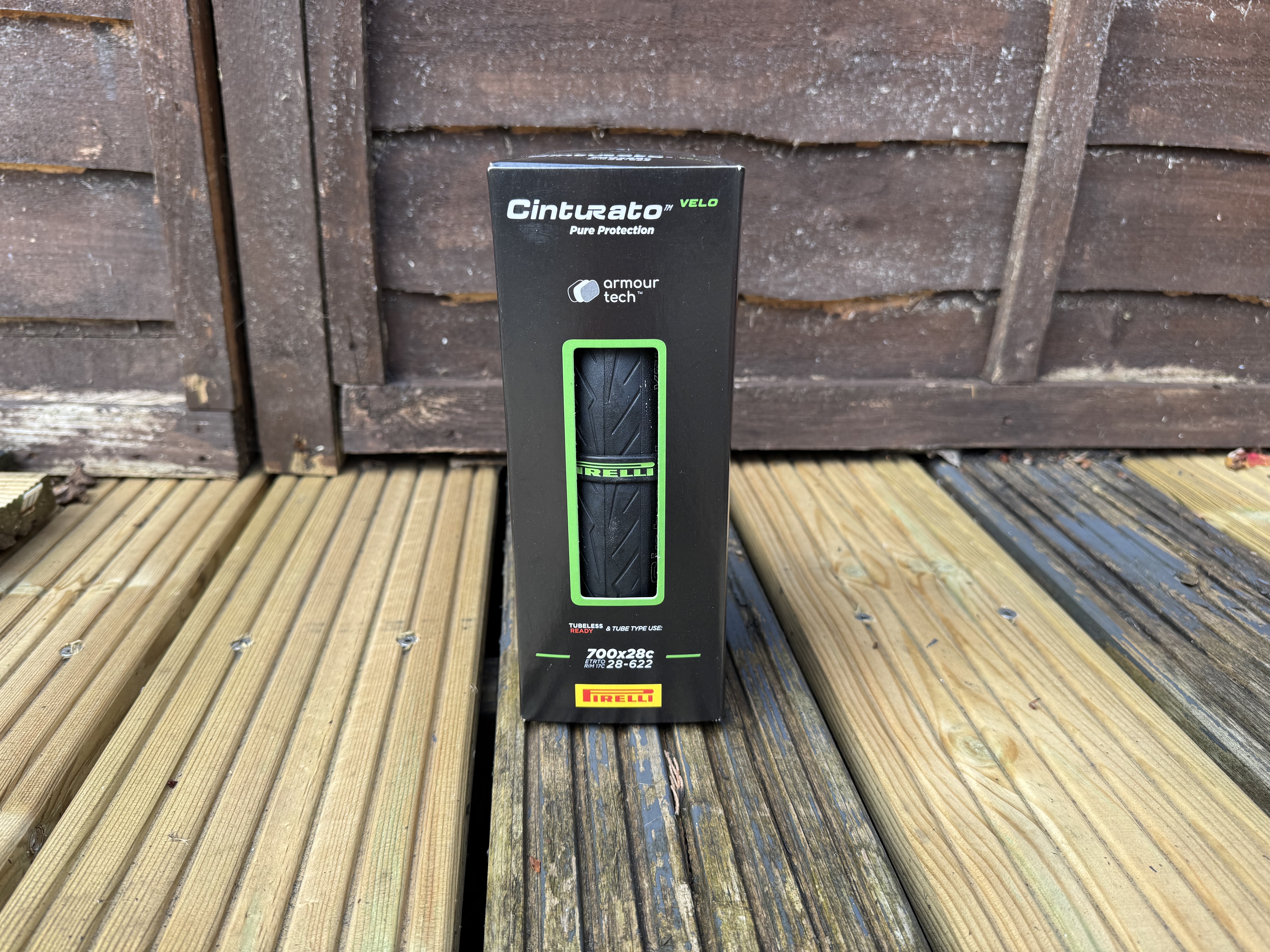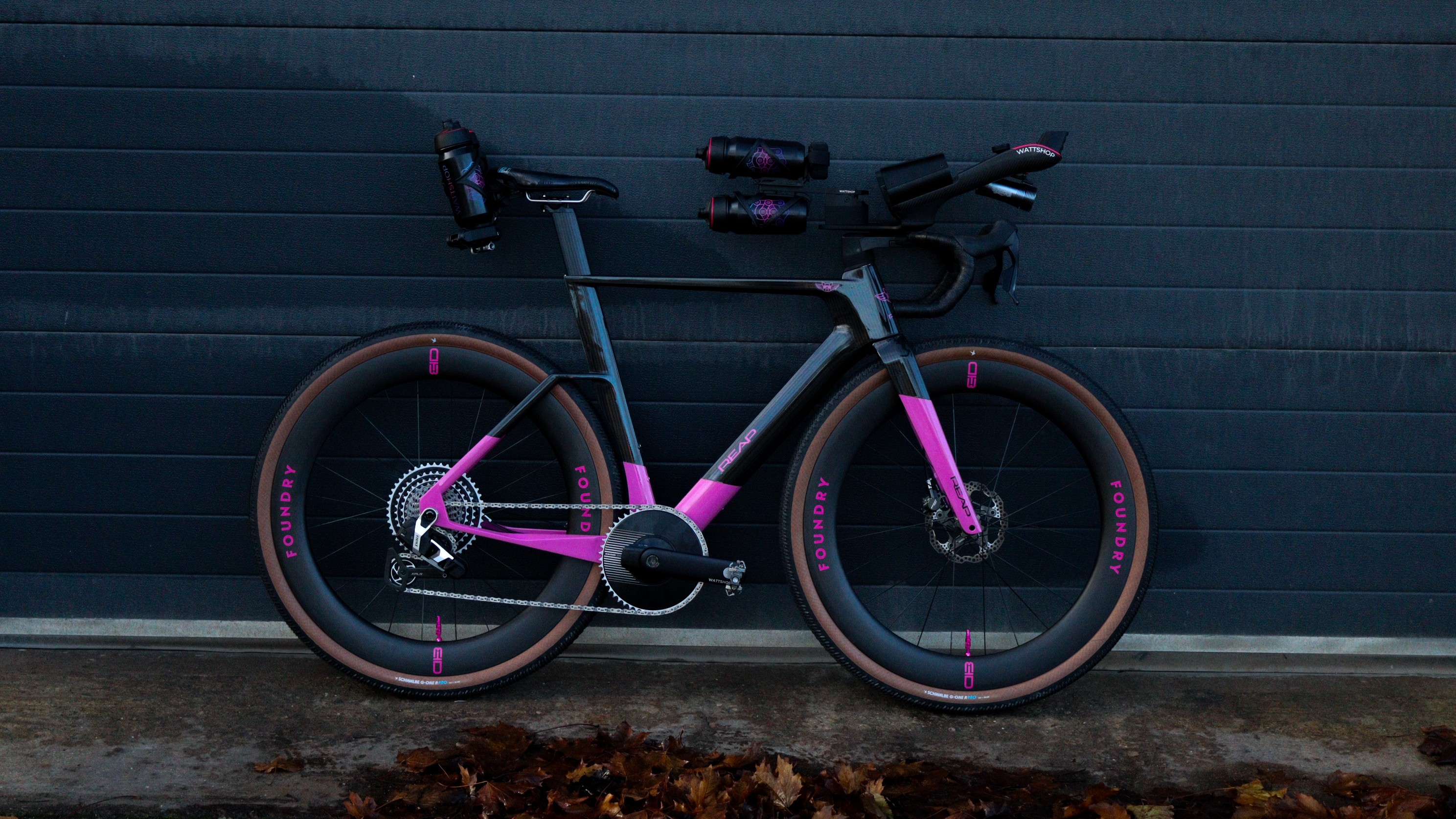Cyclingnews Verdict
The Pirelli Cinturato Velo tyres are an ideal tyre to tackle pretty much anything you could throw at a road bike across all seasons. Grip, rolling resistance, and durability are all very impressive, even if wet weather grip is not at the same level. Some fitting issues are quickly remedied, but the wider than advertised sizing can prove problematic with frame clearances.
Pros
- +
Appropriate for roads and light gravel
- +
Smooth and good quality ride feel
- +
Grip in dry weather is really very good
- +
For a more rugged tyre they roll reasonably well
- +
Great durability
Cons
- -
Takes a while to properly seal after fitting
- -
Tacky coating picks up road shrapnel initially, scratched fork crown as a result
- -
Lags behind Continental and Hutchinson in wet weather grip
- -
Comes up wide which meant some paint rub on my chainstays
You can trust Cyclingnews
Price: £65 / €82.44 / $93.87
Weight: 340g claimed, 360g measured
Widths: 26, 28, 32, 35c
Measured: 31.34mm
Tubeless: Yes
Hookless: Yes, if internal width no larger than 21mm
Colours: Standard, Reflective, Classic
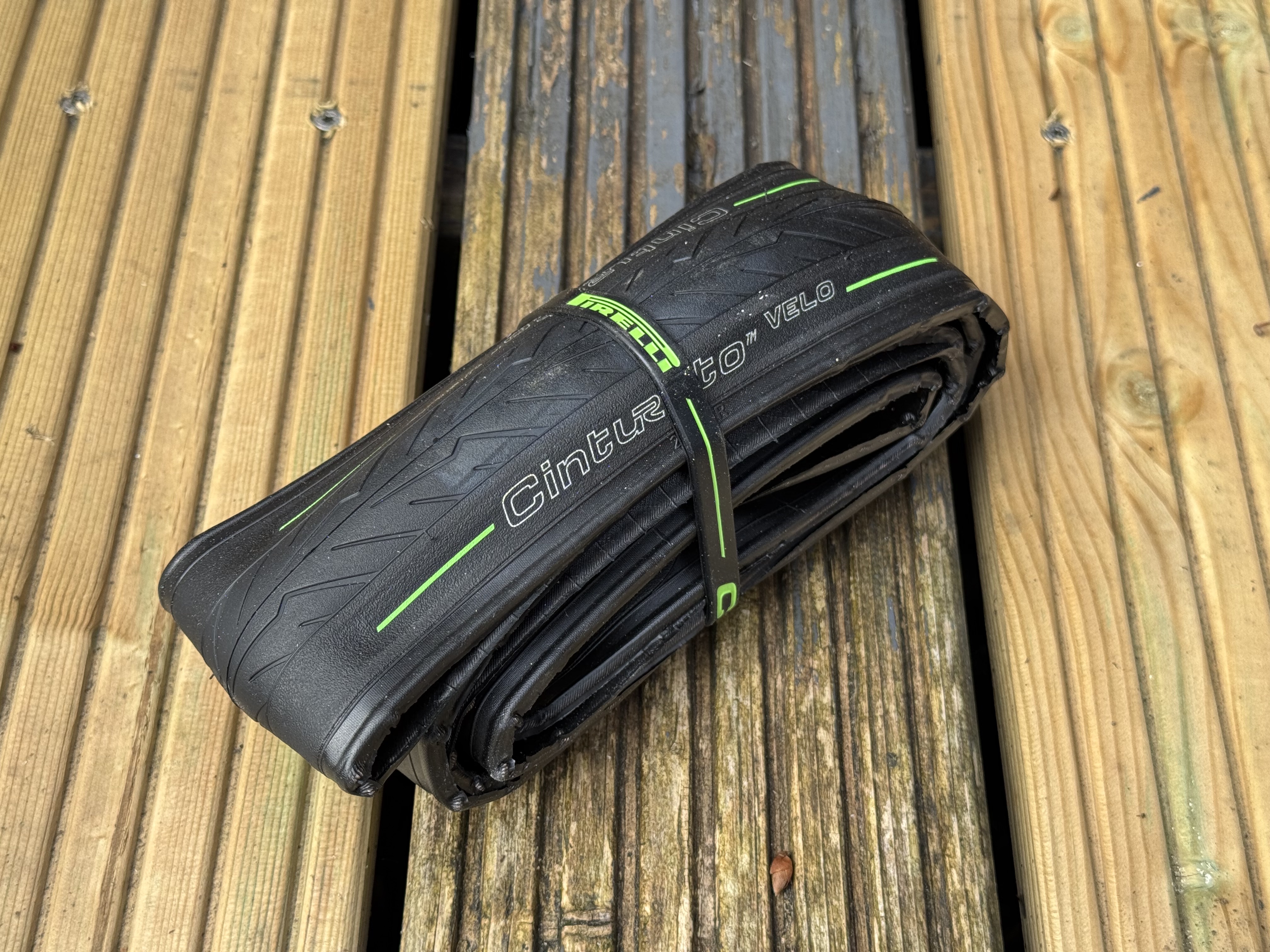
The Pirelli Cinturato Velo tyres sit below the P-Zero range as more of an all-road and rugged performance tyre rather than a race day orientated option. They are what you might call and all seasons training tyre that tries to limit the losses in performance that added durability and enhanced puncture protection can inflict.
To this end, the tyres perform well, having what feels to be a reasonably competitive rolling resistance, while dry weather grip is superb. Puncture protection has been infallible throughout testing, even throwing some gravel trails in the mix, while durability appears strong over more than 500km of testing. To this end they've sat in our guide to the best road bike tyres for some time as the best option for those looking to avoid punctures.
At £65 they're a bit more expensive than the likes of the Vittoria RideArmour, but similar durability and far lighter weight are big bonuses. This price does undercut the faster rolling all season competitors, such as the Continental GP5000 AS TR, Vittoria Corsa Pro Control, and Pirelli P Zero Race TLR 4S, but those options also sacrifice puncture protection.
However, it’s worth being wary of the far wider than advertised sizing of these tyres, which can impact frame clearances, while wet weather performance and time taken to seal after fitting are not the greatest.
Design and Specifications
The latest Pirelli Cinturato Velo incorporates a lot of Pirelli’s latest tyres features and technologies. Forming the main foundation of these tyres is the SmartNET™ Silica compound. According to Pirelli, it has a “natural anisotropic orientation, which reduces heating while increasing elasticity, to help minimise energy dissipation.”
This means that the compound reacts differently based on the direction of forces applied, supposedly here with these claims meaning that it can grip well and generate heat for cornering forces yet rolls with elasticity without heat buildup from friction.
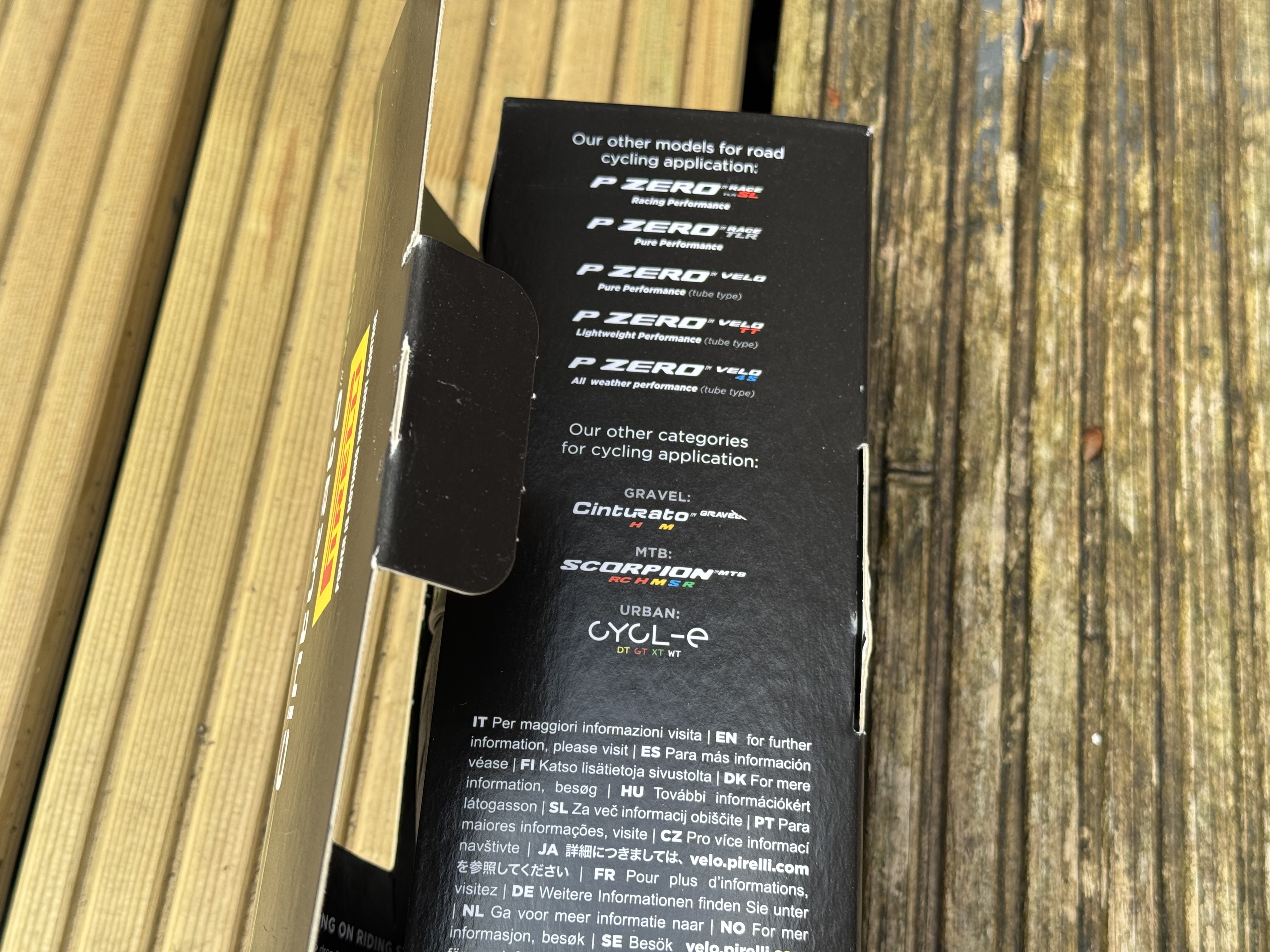
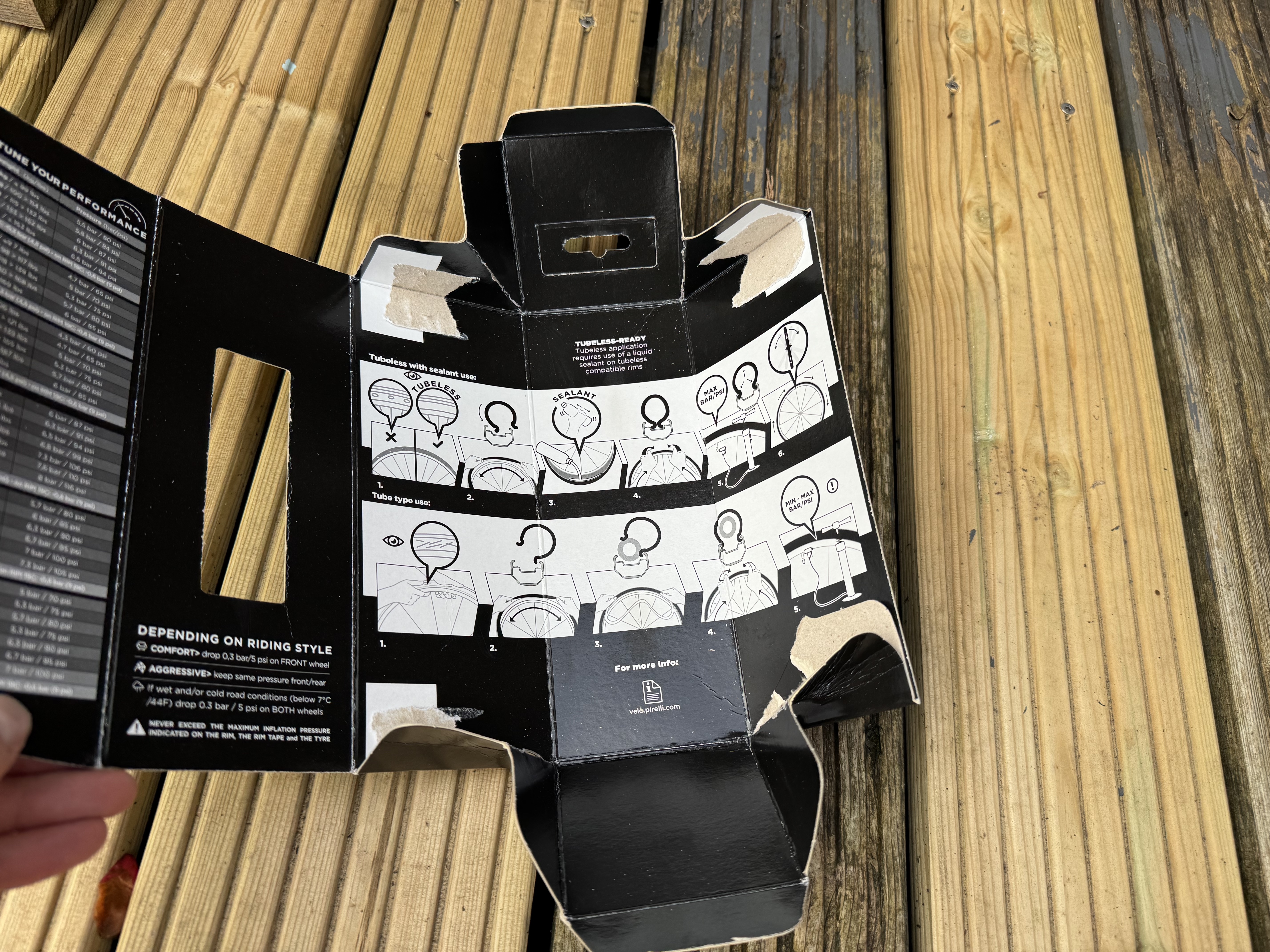
This compound has also been designed for superior wet weather grip thanks to the silica rod molecules having a large surface area and ‘enhances its natural water affinity’. These rods allegedly help with puncture protection as they are arranged systematically rather than chaotically, allowing for a control of how objects can puncture the compound.
The latest race content, interviews, features, reviews and expert buying guides, direct to your inbox!
Adding to this puncture protection capacity is the Armour Tech™ casing. This is made from a mix of Kevlar fibres that apparently create a chemical barrier. A further side to side fabric casing is used to enhance puncture protection across the entire tyre. This casing is a 60 threads per inch compound, aimed for a road-endurance application.
The Cinturato Velo is available in three different colour/style options. Standard is a black on black with a green band across the tyres, similar to the Intermediate Pirelli tyre used in Formula 1. Reflective adds a reflective sidewall detailing to increase side on visibility. Finally, the Classic is a gummy tan wall colouration. Sizes available are 26, 28, 32 and 35c, with the Standard 28 on test weighing in at 360g versus the claimed 340g.
Performance
I’ve always enjoyed fitting Pirelli tyres onto wheels, mainly because they have always been on the easier side for both fitting and also seating and inflating the tyres. Putting these onto a pair of Scope R4.A wheels with an external width of 31.14mm and internal of 22.74 hooked rims, it was pretty faff free getting them on, even to a wider internal width which can make matters more tricky.
Once inflated to 70psi, the tyres sat at a rather wide 31.34mm, even though they are the advertised 28mm. Getting the tyres seated was a little tricker than usual, with the need to remove the valve core and use a compressor to seat the bead. There was then some air leakage and sealant bubbles across the side for a couple of days after fitting.
The first two rides I did find around 10 PSI had gone after two hours of use. This isn’t something I’ve usually experienced with Pirelli, and did use 50ml of sealant in each tyre as I usually do. Fortunately after a week or so this seems to have resolved itself and they hold pressure well. Potentially coming up so wide requires additional sealant to standard on a 28mm tyre.
There was another issue with these tyres, that was only an issue for the first couple of kilometers. Out of the box, the tyres have a slightly tacky coating, similar to the Panaracer Agilest Duro TLR tyre I previously reviewed. This has a nasty ability to pick up dirt and debris initially until it has worn off, which, when added to the tight clearances of a 28mm tyre coming in at over 30mm on my relatively old frame, resulted in a good level of fork crown and BB junction scratching from road debris.
This was only a problem for a short distance on a slightly mucky street, but it’s a problem nonetheless. It’s worth bedding the tyres in on a set of rollers or by scrubbing them in advance if you are at the limit of your frame's capacity.
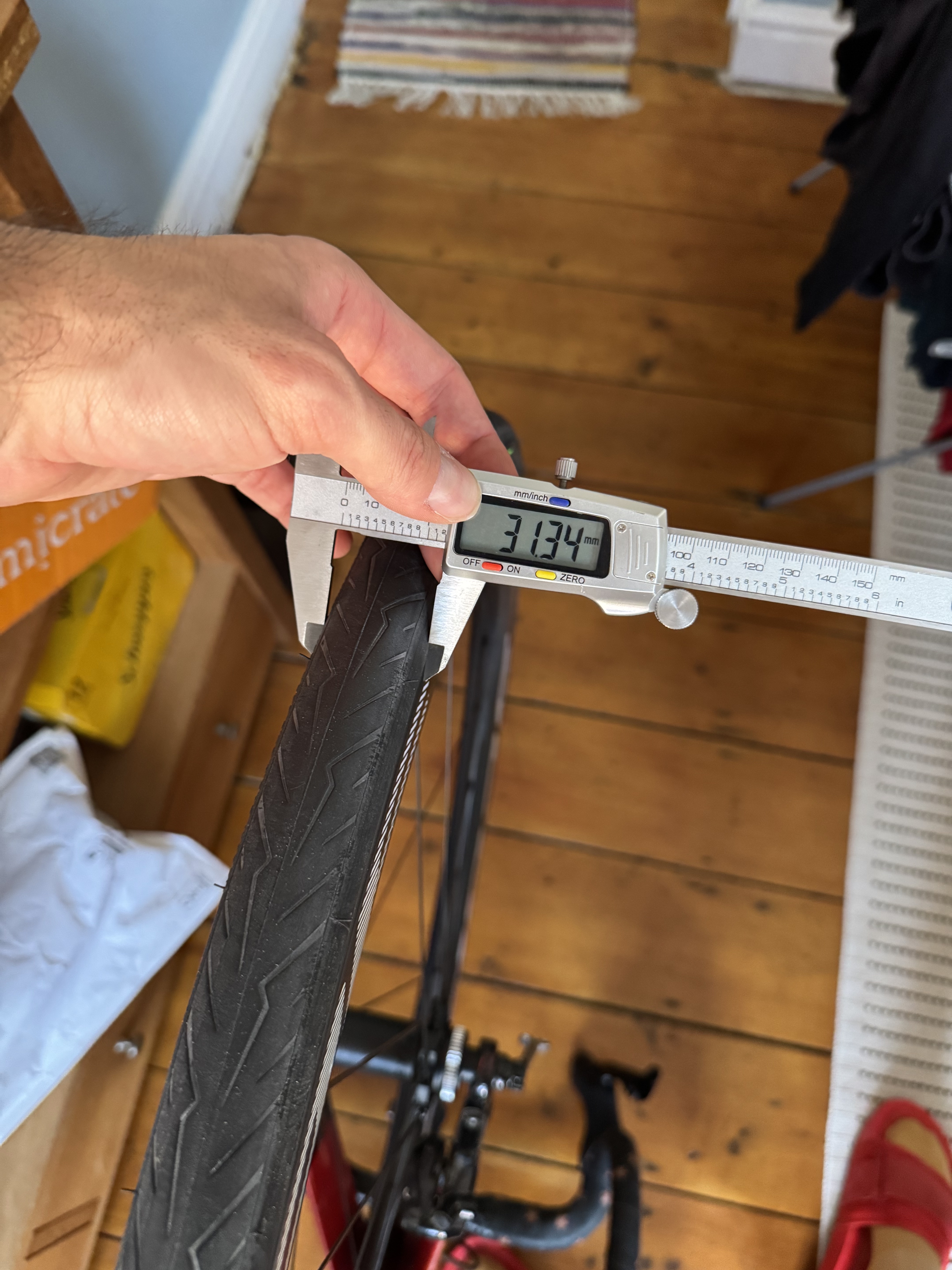
Actually getting out and riding the tyres, I was pleasantly impressed with their performance. For a more rugged all-road, endurance focussed tyre, the rolling resistance appears to be pretty good. Being a 60 TPI tyre with more puncture protection likely drops their rolling resistance performance based on our own lab testing. However out on the road they feel very good.
Although a notoriously inaccurate way of measuring rolling performance, there was no discernible impact to my average speed for given intensities over the duration of testing compared to similar tyres. One element that was clearly perceivable was the comfort element of things running a wider lower pressure tyre, but this could be achieved by other tyre brands with the same width and pressures. It’s not really fair to say the Cinturato Velo are a particularly comfortable 28mm tyre when they measure more than 10% wider than that.
Another fun element of these tyres is the ability to use them pretty comfortably off-road as well as on. For more fire-road style gravel the high width, low pressures, and slightly raised tread make these rather effective for mixing terrains. Grip on more lose surfaces was significant, although not as good on rougher gravel as a wider more dedicated tyre.
This leads me on to another strong point of the Cinturato Velo, which is the puncture resistance. I always test road tyres by taking them lanes where hedge cuttings are regular, and riding in the gutter with road shrapnel. Add to this some gravel and even some broken glass, and the Cinturato Velo tyres have performed impressively against any cuts or nicks, with zero punctures. I’ve generally been impressed with Pirelli tyres in this regards, but the Cinturatos are especially good.
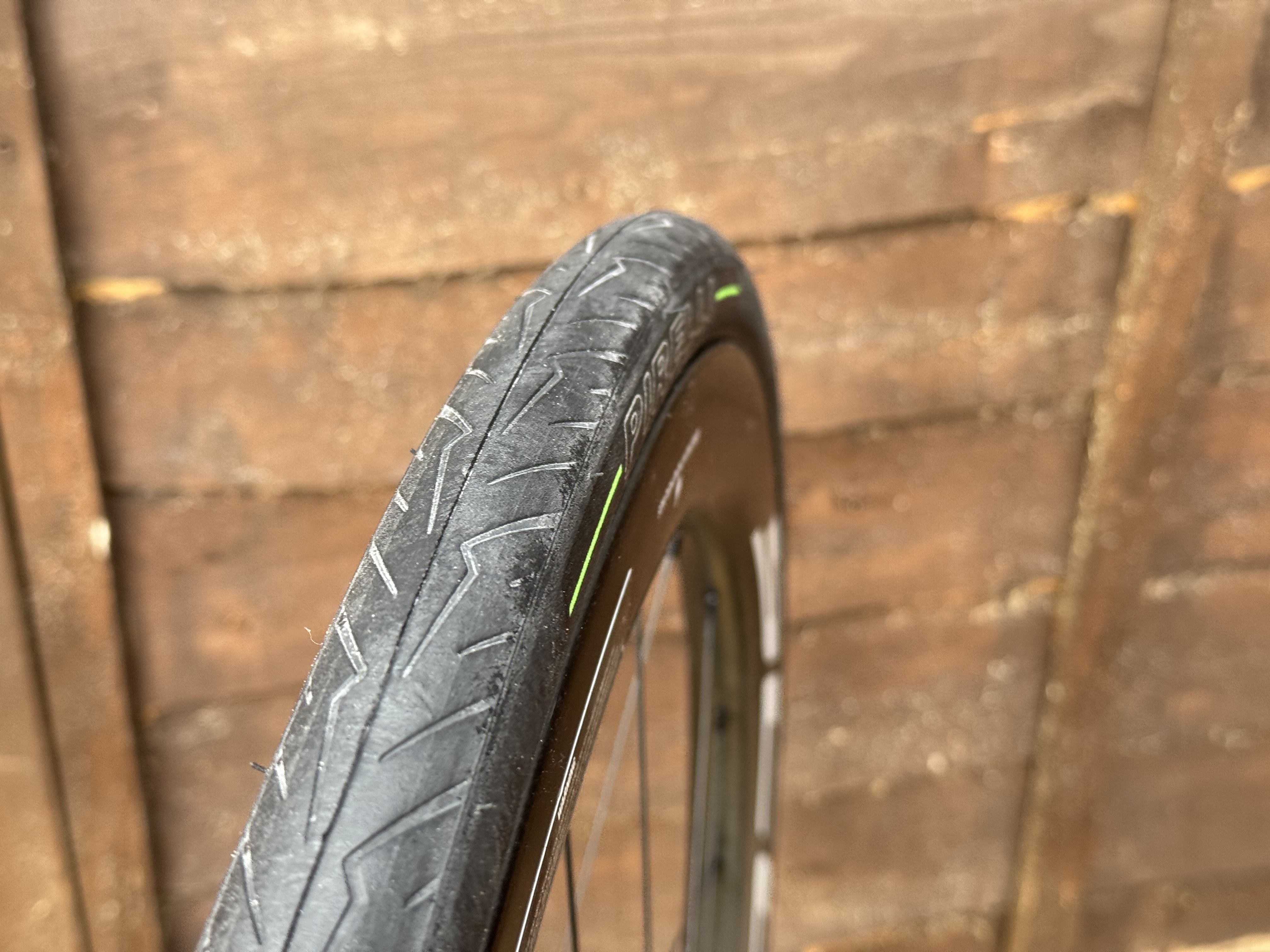
Further areas where the tyres impress are when it comes to cornering grip, especially in the dry. I would go as far to say that Pirelli are on par with Continental for dry weather grip, and Continental is pretty much the standard bearer for grip performance. I wouldn’t say there was much difference between the Cinturato Velo and the P Zero Race TLR RS top-end race tyre.
Where things do start to change are when the weather gets a little wetter. There just felt to be a little bit of slip here and there over wet tarmac, especially if it was smoother. More broken surfaces actually provided a more planted feeling by comparison.
There is also one other issue I had with the Cinturato Velo tyres, and that was the size. I run 28mm because my bike, a Swift Carbon Ultravox Disc, is a 2019 model and so the tyre clearances are not as wide as more modern offerings. 28mm tyres have never presented an issue, however after my testing of the Cinturato Velo tyres and removing the wheels, a good level of paint on my chainstays had been removed by the tyres.
Not down to the carbon fortunately thanks to several layers of thicker paint, but it’s well worth noting. For those opting for the Cinturato, it may be worth going a size smaller than you want. I can’t comment on the true to size element of the other size options, but if they follow a similar trend then a 35mm could be near a 40mm actual, which would exceed some road frame compatibility.
Value
On price alone, £65 is not a cheap tyre. It’s the same price as the Panaracer Agilest Duro TLR and similar to a high end race tyre with the Hutchinson Blackbird Race. However it does undercut the Pirelli P Zero Race 4S TLR and Continental GP5000 AS TR, and I would go for this tyre over the Pirelli P Zero Race 4S any day thanks to the greater versatility and not dissimilar rolling resistance for a lower price. The GP5000 AS TR admittedly is a reasonably faster rolling tyre, and for those wanting speed over the more all-road capabilities, the Continental is a better tyre, even if two of them are the price of nearly three of the Cinturato Velo tyres.
Having a reflective tyre offering is another thing that sets the Cinturato Velo apart, along with the GP5000 AS TR, and is a neat safety feature to add to a tyre designed for potentially more lower light winter month use. The grip is better than most tyres in both this price category as well as all-road category, while puncture protection is exceptional. Wet weather grip is the only area where the tyre does struggle performance wise compared to namely the GP5000 AS TR, but most more rugged tyres fall flat on corning performance compared to that.
I would say that arguably the Cinturato represents good value overall, and for a tyre to use long term for training without compromising speed while also allowing for some more off-road riding, the Cinturato is the tyre that I would buy with my own money.
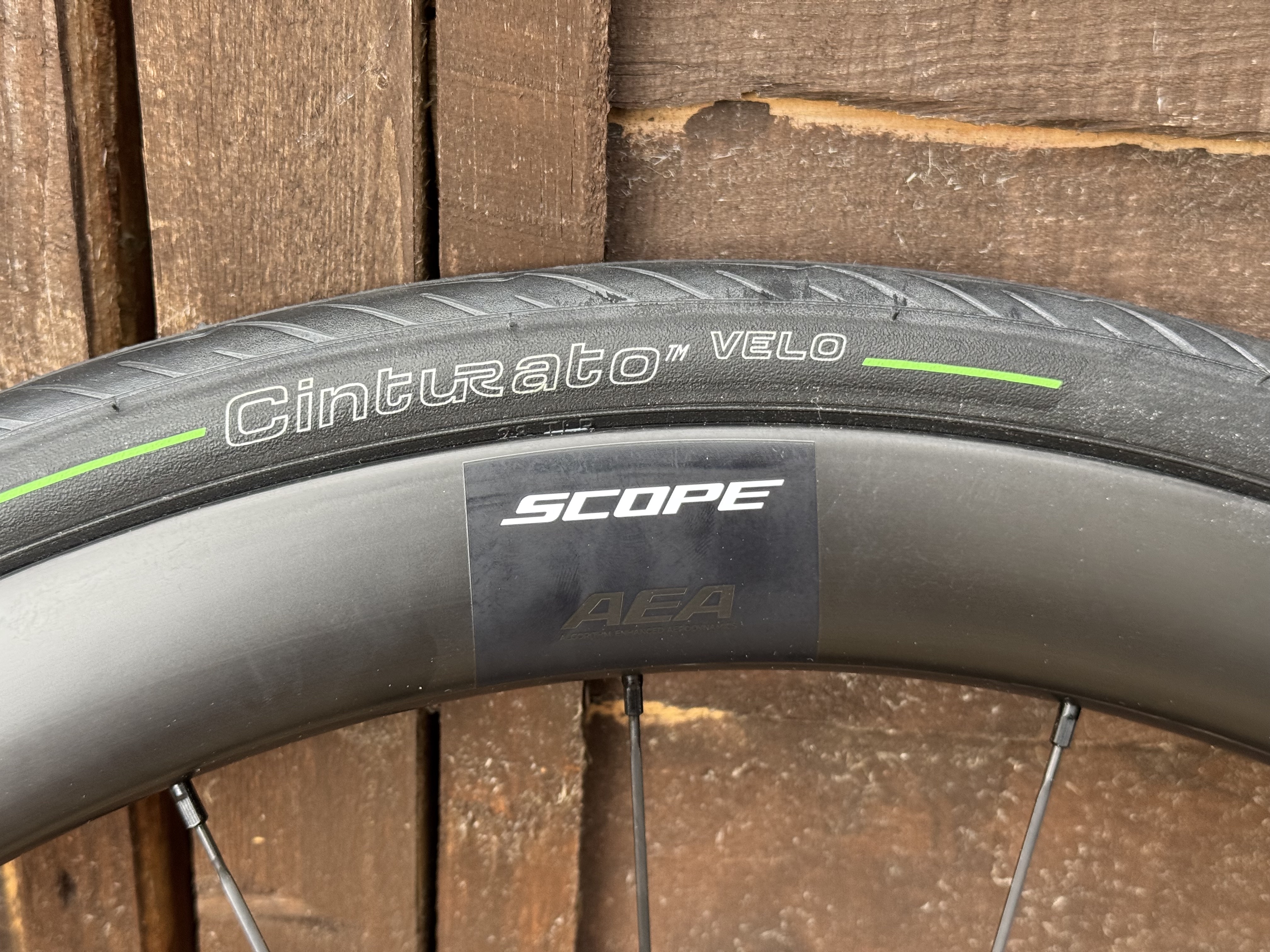
Verdict
The Pirelli Cinturato Velo tyres have become one of my favourite tyres to use thanks to the versatility to being able to take them off the tarmac and onto light gravel. Add to that high levels of puncture protection and durability, and they are a pair of tyres that don’t require much thought after they are fitted.
Fitting itself takes a little longer to fully bed in, while the tacky coating needs removing before riding as well. However, strong levels of grip, reasonably fast rolling, and comfortable ride feel make these fantastic all-round tyres for general training without excessive compromise to speed. Add to that a reasonably good price and these are great tyres. Be wary of sizing though, as frame clearance could be an issue with measured sizes being significantly larger than advertised.
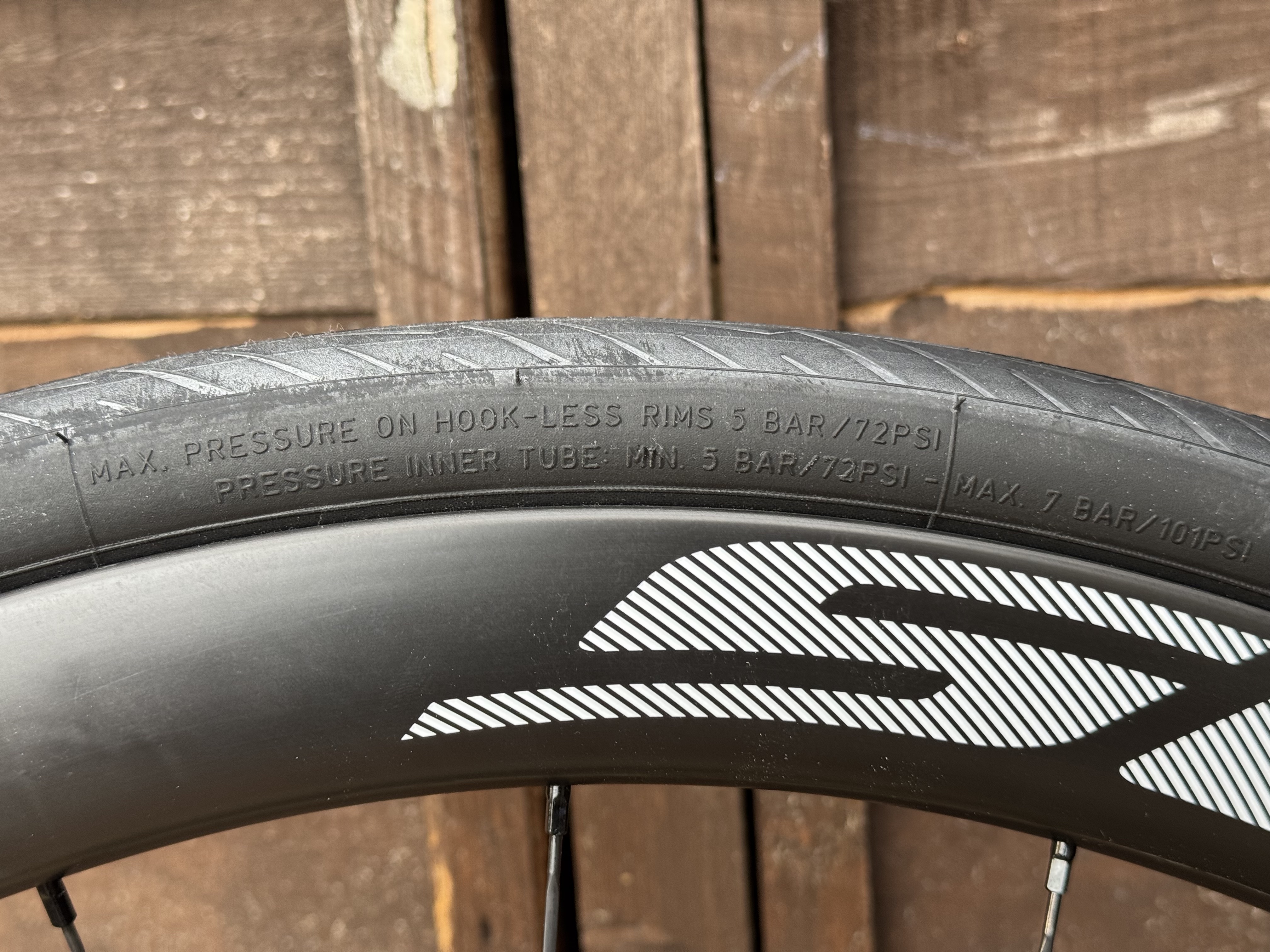
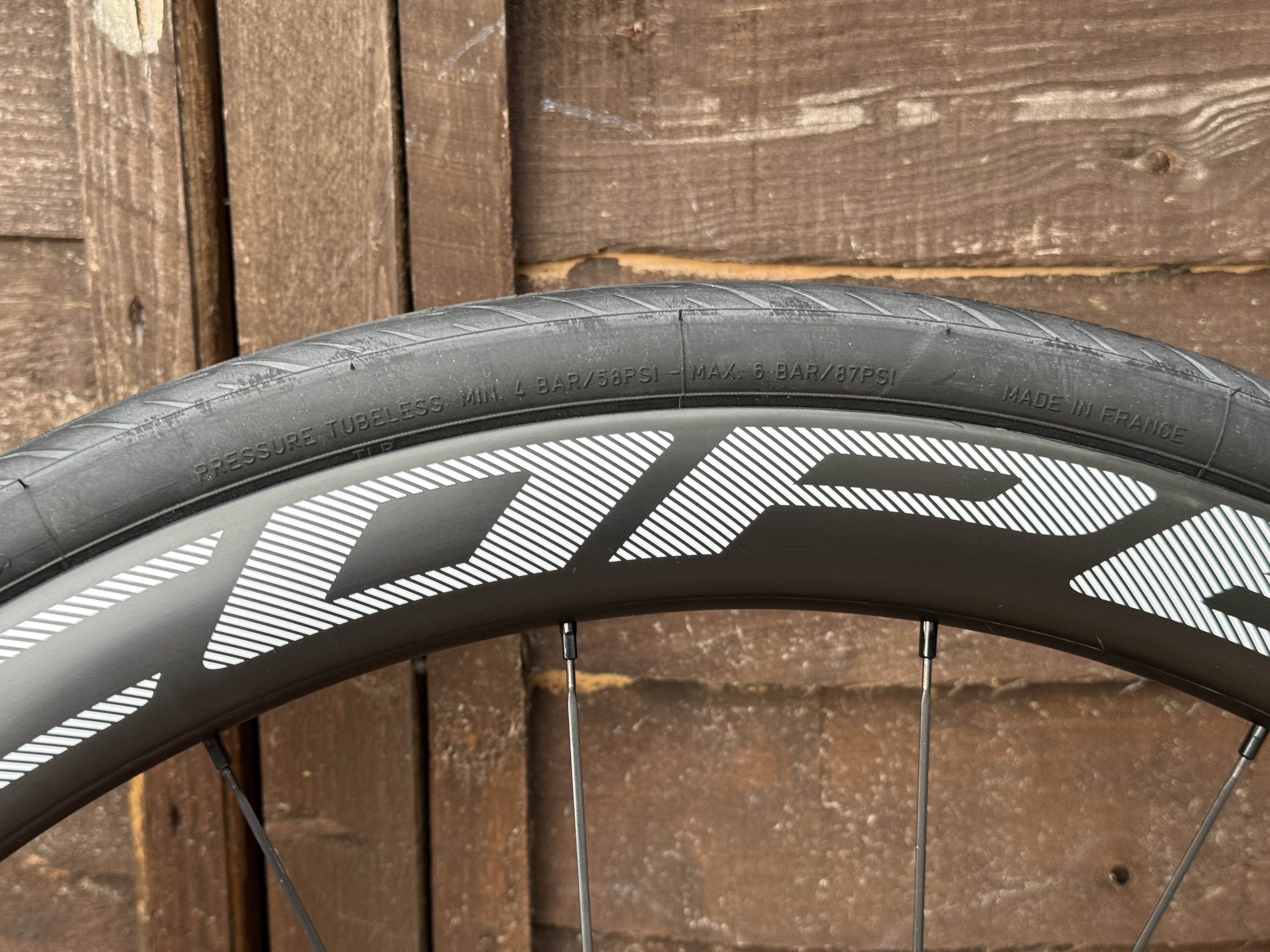
| Attributes | Notes | Rating |
|---|---|---|
| Design and aesthetics | Having a black, tan wall, and reflective offering makes these aesthetically highly versatile as well as a great safety conscious design choice. However, the advertised sizes are significantly smaller than the measured sizes, which can impact clearances on frames. | 8/10 |
| Performance | A tacky coating that picks up debris initially is a pain, but can be easily remedied. Rolling resistance and ride feel appear to be solid and comfortable, while cornering in the dry is highly impressive. Although not as grippy in the wet, I really like the all-road capabilities of these tyres as well. | 8/10 |
| Tubeless setup | Easy to fit and reasonable quick to seat, however some loss of air pressure over the first couple of days could be an issue over longer duration. Once this issue sorts itself after a few rides, it is faultless. | 8/10 |
| Weight | Weight wise these are heavier than some less rugged or more road focussed tyres, which is to be expected. Given though that they measure 31.34mm, that weight is actually decent compared to other 30-32mm competitors in a similar vein. Rotational weight was not something that was noticeable while riding. | 8/10 |
| Value | Given the durability and versatility, I think these tyres offer impressive value along with good cornering grip and rolling resistance. They’re not the fastest, but it’s a sacrifice well worth it for more all-road riding and I would spend my own money on these. | 9/10 |
| Overall rating | Row 5 - Cell 1 | 82% |

Freelance cycling journalist Andy Turner is a fully qualified sports scientist, cycling coach at ATP Performance, and aerodynamics consultant at Venturi Dynamics. He also spent 3 years racing as a UCI Continental professional and held a British Cycling Elite Race Licence for 7 years. He now enjoys writing fitness and tech related articles, and putting cycling products through their paces for reviews. Predominantly road focussed, he is slowly venturing into the world of gravel too, as many ‘retired’ UCI riders do.
When it comes to cycling equipment, he looks for functionality, a little bit of bling, and ideally aero gains. Style and tradition are secondary, performance is key.
He has raced the Tour of Britain and Volta a Portugal, but nowadays spends his time on the other side of races in the convoy as a DS, coaching riders to race wins themselves, and limiting his riding to Strava hunting, big adventures, and café rides.
You must confirm your public display name before commenting
Please logout and then login again, you will then be prompted to enter your display name.
